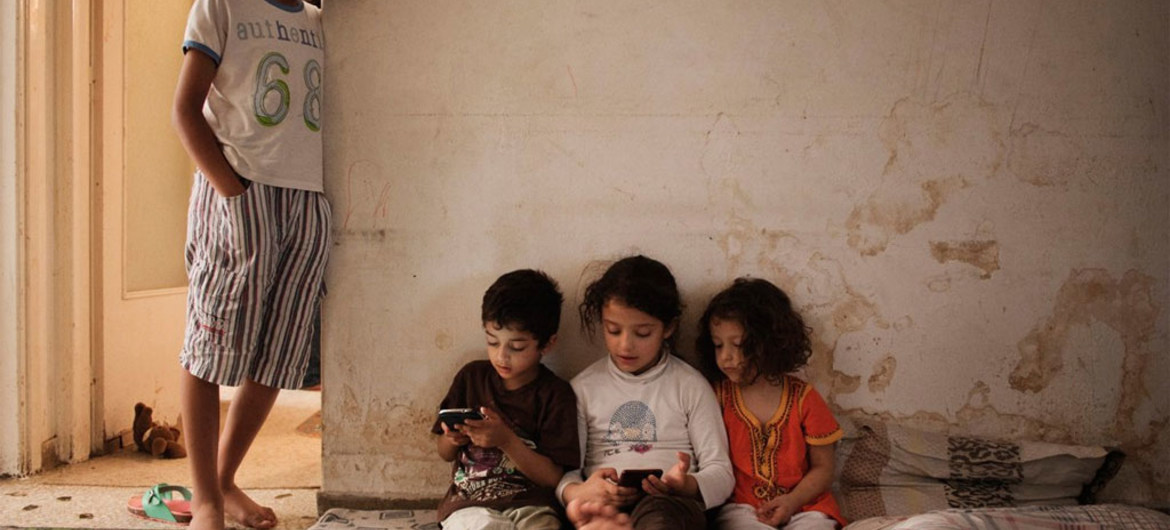
The COVID-19 pandemic has accelerated the pace of digital transformation. Increasingly our lives are dependent on the digital world. Digital revolution and transformation, creative and innovative use of technology is providing access to services of every kind to improve the quality of life for many. On the other hand, the pandemic has also revealed the widening digital divide, further exasperating existing inequalities. Even though 93% of the world population live in proximity to internet services, 3.6 billion people are offline. Just transition can provide a vision and framework of principles to guide digital technologies to create a compassionate, fairer and interconnected world. Social justice and human rights should be at the heart of the digital transformation to ensure social inclusion and end homelessness.
This side event tried to explore how digital technologies are being used to provide early interventions and resources to people experiencing homelessness and those at risk of becoming homeless. How mobile access can help to connect with family, friends and case workers; improve health outcomes; gain employment; access social services; and offer a greater sense of empowerment and agency.
Bill Soward, Executive Director of Sheltertech, San Francisco, builds products and services to assist people experiencing homelessness to access services and bridge the digital divide. Through the SF Service Guide, an online directory of human services helps the homeless to avail services offered by 360 organizations in San Francisco area. ShelterConnect, provides free WiFi and hardware to the residents of 20 shelters and transitional housing.
Maheshwari Balan, data analyst and intervention planner from Don Bosco National Forum for Young at Risk, India, work with 100 child care after care centers in 19 Indian States, to provide services to street/missing children, children experiencing violence, and HIV/AIDS infected and affected, through digital documentation. They employ, Child MISS Mobile App and Child PPA (People Protection App), an online biometric platform to return children to their homes/guardians or to institutional care.
Renato Lima de Olivero, International President of Saint Vincent de Paul Society spoke on how digital technology and visual media can be used to change the narrative and perception on homelessness, through the voices of people experiencing homelessness.
Lydia Stazen, Executive Director of Institute of Global Homelessness spoke on three priorities – see it – international advocacy on policy, solve it – partner with cities for concrete action and share it – connect with network to share innovations. Their Better Data Project with cities helps to define and collect data on homelessness, important for strategies to end homelessness and for accountability.
Rajarshi Sircar, Resource Mobilizer and fund raiser from Loreto Rainbow Homes in Kolkota, India they used digital technology to provide services to 600 street girl children non-custodial residential setting during the COVID-19 lockdown. Online sessions to connect with teachers and volunteers for education, life skills development, and creative arts created self-discipline and resilience.
NGO: Company of the Daughters of Charity of St. Vincent de Paul, Congregation of the Mission, International Association of Charities, Society of St. Vincent de Paul, Institute of Blessed Virgin Mary, Salesian Missions and Sisters of Charity Federation.
Event picture:

Watch highlighting video:
 Welcome to the United Nations
Welcome to the United Nations